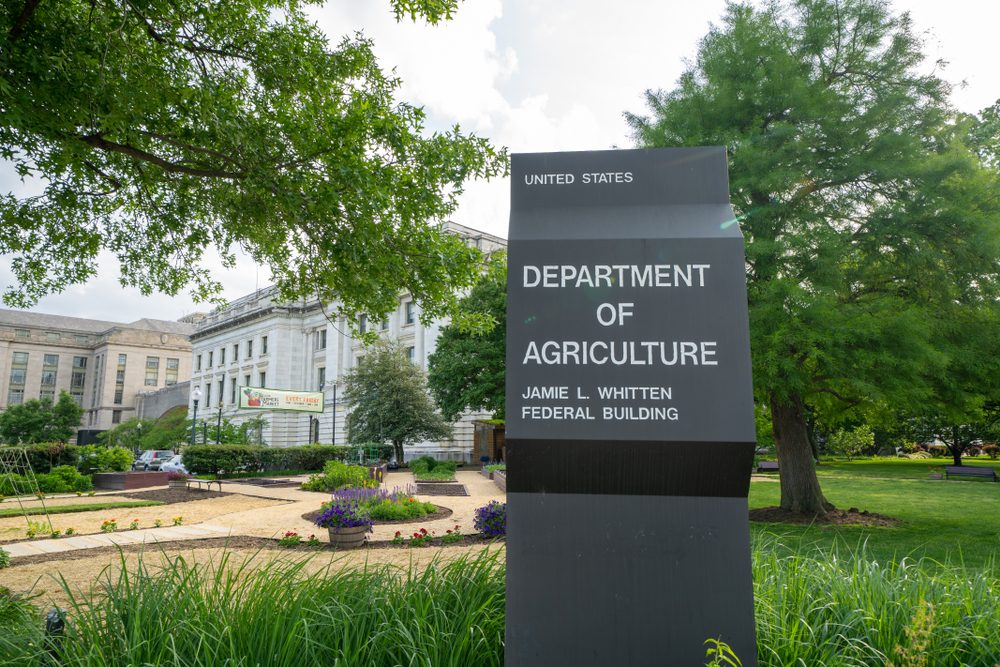The agency says the goal is to cover increased farm revenue with less paperwork.

The USDA’s Risk Management Agency (RMA) has changed key elements of its main insurance policies, based on feedback from customers and insurance agents.
Most important are the increased limits for farm revenue that are covered under the new policies. For the Whole-Farm Revenue Protection (WFRP) program, the covered revenue has now doubled, so up to $17 million is insurable. The policy is generally intended for larger farms, with the policy aiming to insure all the commodities of the farm are under one insurance policy.
For smaller operations, the Micro Farm Program will now cover up to $350,000 in revenue, up from $100,000. The policies are geared towards farmers who might participate in local farmers’ markets, focus on specialty crops or have urban farms with less space. “While $100,000 sounds like a lot, when you start to cumulatively add up revenue, it can quickly get above that cap,” says Marcia Bunger, administrator of the RMA. “Truly, if a farm operation makes under $100,000, it’s very small, usually a hobby operation. So, with feedback from agents and growers, we worked to increase that to $350,000, and that seemed to catch a lot more of the operations.” Bunger says the RMA also worked to simplify the paperwork process for both policies, so growers can get started on claims quickly when needed.
We know that farmers want improvements to their insurance policies. When we asked what agencies were looking for from the 2023 Farm Bill, access to crop insurance and increased incentives were high on nearly everyone’s list. Many agencies asked for incentives such as discounts on insurance or deferred payment plans for growers that use regenerative methods or practices like cover cropping, which the USDA has offered before.
Over the pandemic, says Bunger, the RMA paid a $5-per-acre premium credit to producers who planted cover crops. But whether or not that premium—or any others—will continue is up to Congress. “We’re standing by and waiting for Congress to give us direction, with the path they would like to see taken,” says Bunger. While the main components of the insurance programs are dictated by the Farm Bill, the RMA does have flexibility in its management. “We creatively figure out ways to come up with a program that follows what Congress has mandates, while we also ensure that it’s fairly sound, because there’s also a component that taxpayers are paying for this, and we need to make sure we put protections in place so there isn’t fraud, waste and abuse, and at the same time, that’s based upon sound data.”
That data is key to the RMA and something of which it’s hoping to collect more. The agency has a series of roadshows planned through October and November, held virtually, that will go over all of the specifics of the insurance programs and solicit feedback and questions. “As we get the word out, I’m hoping that individuals that have not been able to access crop insurance for whatever reason, that we can improve that process for them.”